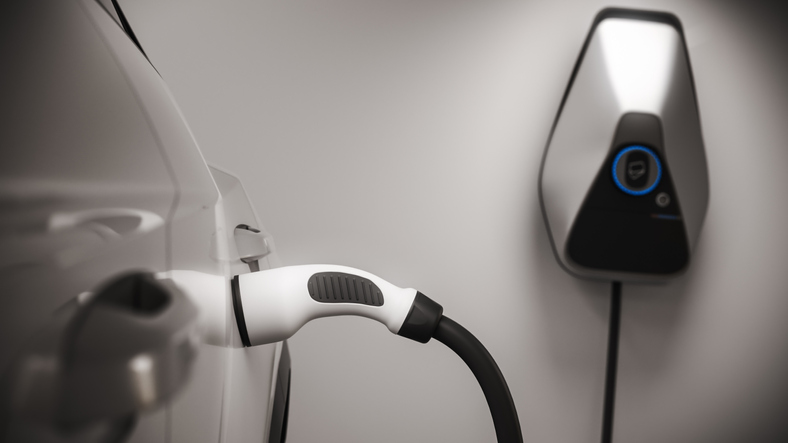Pros With Hybrid and Electrical Mechanic Training Will Want to Pass on These Tips for Driving EVs in the Winter

Electric vehicles are great to have, but they’re a bit harder to drive in colder conditions. In fact, an EV’s driving range can drastically drop when outside temperatures do. Because batteries need to make a greater effort to keep the car going at high speeds in the winter, it wastes more battery range as a result. Considering that, how can drivers make the best use of their EVs while also saving energy and range in freezing weather?
Should your client be living in an area with harsh winter conditions, or if they have to be in cold places regularly, there are several suggestions you can make to help them drive their electric car without a hitch. Here are some tips for winter EV driving you can pass on to future clients.
Here’s How a Hybrid and Electric Vehicle Mechanic Can Help Drivers Maintain Battery Range
Among all the parts of a car that can experience problems in a colder climate, the battery is one of the most vulnerable. Electric vehicles are entirely battery-operated, which often means that their range capacity can suffer during the winter. To help avoid range-related issues, one option you can recommend to clients is to charge their car’s battery overnight. This is known as “preconditioning”, which means activating the vehicle and heating it for up to an hour before hitting the road, so that unnecessary energy isn’t wasted. Since as much as 40% of battery range can be lost while driving in frigid conditions, maximizing the capacity of the battery is an important step in taking good care of an EV during the winter.

Clients Can Heat Parts of the Vehicle—But Need to Be Wise and Not Overdo It
With electricity being the main source of power for EVs rather than the traditional internal combustion engine, making sure an electric vehicle is sufficiently heated during the winter can be tricky. Overdoing it on the heat can take juice away from the battery. A great way to approach this problem is to heat only certain parts of the vehicle rather than all of it. For example, a client can avoid turning on heated seats and/or their car’s heated steering wheel. If the vehicle has a heat pump, this can also save car owners on energy. After your hybrid and electrical mechanic training, it’s also worth recommending to clients that they put on many layers of clothing. This way, they’ll save battery life by bundling themselves up rather than turning up the heat.

Lastly, Tell Them to Drive Carefully and Economically Whenever Possible
For many EVs, the recommended driving speed in winter conditions is typically less than 105 km/h. Being more careful with one’s driving approach and avoiding braking or speeding too quickly can prevent the vehicle from malfunctioning, draining too much battery life, or skidding uncontrollably on icy roads. If the vehicle has an Eco mode that minimizes how much energy it consumes, a hybrid and electric vehicle mechanic should strongly recommend using it during the winter as well. Drivers should also steer clear of highways when possible, and leave the EV in a heated garage/parking facility overnight while it recharges.
Do you want to take a hybrid and electrical mechanic course?
Contact Automotive Training Centres today for more info!

